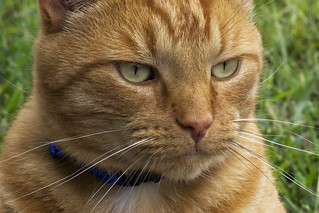
Credit for the title of this post goes to Sam Murphy, Section Editor at Runners World UK. Those of you who have seen me recently we will probably know that as well as being an advocate of Lean and Agile, I also have a passion for running, and I subscribe to Runners World. Sam used this title for an article of hers in the September issue, which struck me as having lots of overlaps with how I go about coaching and consulting in businesses. The gist of it was that when training, rather than trying to copy what elite athletes do, we should find out what works for ourselves. Sound familiar?
Here’s some quotes:
Dr Andy Franklyn Miller … concluded that ‘a very unique and customised strategy is used by each swimmer to excel’. And if that’s the case, is looking at what the elites are doing and aiming to replicate it the best way to maximise our own sporting success? Or are we tabby cats trying to emulate cheetahs?
Is a very unique and customised strategy used by each successful organisation to excel? Is looking at what these organisations are doing and aiming to replicate it the best way to achieve success? Or are we tabby cats trying to emulate cheetahs?
Dr George Sheehan, runner and philosopher, said “We are all an experiment of one.’
and
Ultra runner Dean Karnazes … writes “I always encourage people to try new things and experiment to find what works best for them.’
It seems athletic training is not so dissimilar to building a successful organisation! Rather than just copying what we may have seen or read about working elsewhere, we should encourage organisations to try new things and be experiments of one. That’s what Strategy Deployment is all about!
Or (to close with the same quote Sam closed her article with) as Karnazes also said:
‘Listen to everyone, follow no-one.’

The huge difference is that athletes spend 1 year practicing and trying things out and then 5 minutes performing, whereas most businesses spend 1 year changing how they want to work, 1/2 day of training the actors, and then another year of firefighting, after which the cycle starts again. Which just underscores the main point of needing to find different ways of changing.
Great observation Josiah. Thanks.